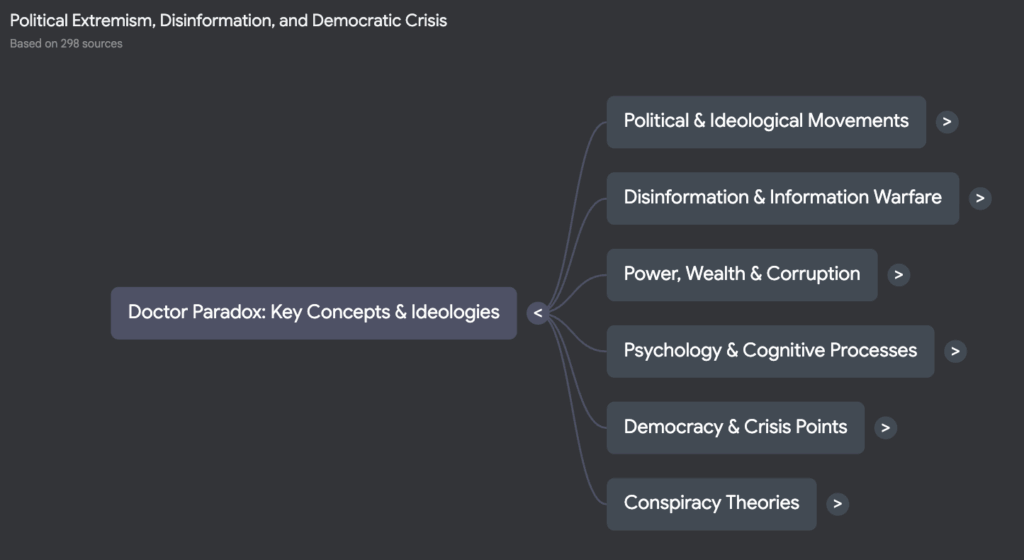A cult is a social group, usually insular, defined by unorthodox beliefs and/or practices. The cult usually shares religious, philosophical, or ideological values and goals. The cult definition of “values” may be greatly outside of mainstream norms.
The term cult is usually taken as a pejorative, for its connotation of excessive devotion to a charismatic leader with a shady past, or blind devotion to questionable practices and unusual precepts. Believers might say they are following a spiritual quest, while their estranged family and friends would say that are being exploited by unscrupulous conmen and con artists.

Cults employ various recruitment techniques to grow membership as well as to cement the new belief system into their minds over time. Brainwashing, phobia indoctrination, and other influence techniques, along with isolation, sleep and food deprivation, emotional blackmail (and actual blackmail) and other tactics help erode the resolve and individuality of recruits until they fully adopt the new way of being the cult leader would prefer for them. Be aware of the cult warning signs, and don’t get sucked in by warm promises from strangers that seem too good to be true.
The destructive cult
There have been hundreds and even thousands of relatively innocuous cults throughout human history, but the most famous by far are the destructive cults. A cult of this type involves members physically harming or killing themselves, other members of the group, or other people.
A subset of the destructive cult, a Doomsday cult commits violence inwardly or outwardly due to adoption of an apocalyptic or millenarian belief system whose rules require anything from murder to mass suicide. These groups foretell disaster and catastrophe preceding a massive transformation, or potentially the destruction of the entire world. In the case of millenarian conspiracy theories, their cataclysmic predictions include a period of utopia following the upheaval.
Destructive cults are almost always run by cult leaders who are narcissists. They lack empathy for people, and do not care if they harm them — especially if they get something they want in the process.


Millenarianism
Common themes among millenarian beliefs include claims that contemporary society and its leaders are corrupt, and will soon be destroyed by a more powerful force. The inherent evil of the status quo cannot be purged without this dramatic upheaval of society.
Within millenarianism there are finer groups still, including the easily linguistically confused Millennialism. Millennial movements are a type of Christian millenarianism in which the period of utopia following the apocalypse is expect to last 1000 years.
The Nazi regime of Adolf Hitler believed in a Millenial ideology, and that the Third Reich would rule for the next 1000 years after conquering the globe. Luckily, they were dead wrong.
Why do people join cults?
Cults often attract individuals through a gradual and subtle process, making it difficult for someone to realize they’re being drawn into a potentially harmful environment.
Initially, cults often present themselves in an appealing manner, targeting individuals during vulnerable times in their lives, such as after a personal loss, during a period of life transition, or when someone feels isolated or dissatisfied with their current life situation. They offer a sense of belonging, understanding, and purpose that might be missing from the individual’s life.
This sense of community and shared purpose is a powerful draw. Cults frequently use tactics like love bombing, where new recruits are showered with attention and praise, to create an instant connection and sense of belonging. They may also exploit personal crises, offering support and solutions that seem tailor-made for the individual’s problems.
Once involved, individuals may not recognize the incremental shifts in behavior and belief that are often demanded by the group. This process, known as indoctrination or brainwashing, can involve controlling aspects of a person’s life such as their relationships, information access, and even daily habits. Cults often encourage or enforce a separation from previous social support networks, making it harder for members to maintain perspective. Critical thinking is discouraged, and questioning or dissent is often met with punitive measures, reinforcing a cycle of compliance and dependence on the group.


How do people leave cults? (…or do they?!)
Exiting a cult is challenging, as it often requires individuals to recognize the manipulative and controlling nature of the organization, which can be a significant psychological hurdle. The process usually involves reconnecting with family and friends outside the cult, seeking support from former members, or getting help from professionals experienced in dealing with cults.
Recovery often involves deprogramming, counseling, and rebuilding one’s independence and critical thinking skills. Support networks play a crucial role in providing the emotional support and resources needed to rebuild a life outside of the cult’s influence.
Famous cults in history
- The Peoples Temple — Jim Jones and the Jonestown mass suicide
- The Manson Family
- The Unification Church (aka The Moonies)
- The LaRouche Movement
- Ku Klux Klan
- Sullivanians
- Branch Davidians — aka the cult made infamous by the Waco Siege in 1993
- Children of God — committed mass suicide during the approach of the Hale-Bopp comet
- Heaven’s Gate Cult
- Al-Qaida
- Aum Shinrikyo
- ISIL
- Dominionists — a religious cult here in the U.S. that believes the nation must “get back” to a delusionally invented time when America was a Christian nation
- Nxivm
More about cults:
Cult Warning Signs: How to recognize cultish groups ↗
Recognizing cult warning signs can be vital in identifying and understanding the risk before getting involved with a group who may not have your best interests in mind.


A Cult Dictionary of Mind Control, and the Language of Abuse ↗
One could argue the Confederacy was a kind of cult, and the KKK after it. America gave rise to cult leaders Charles Manson, Jim Jones, David Koresh, and Sun Myung Moon, among many many others who led cults big and small (Charles Koch, perhaps?! Certainly Donald Trump.).


Phobia indoctrination ↗
Phobia indoctrination is one of the principle ways a charismatic leader will lull potential followers into his thrall, by putting them into a state of perpetual fear and anxiety.
























































